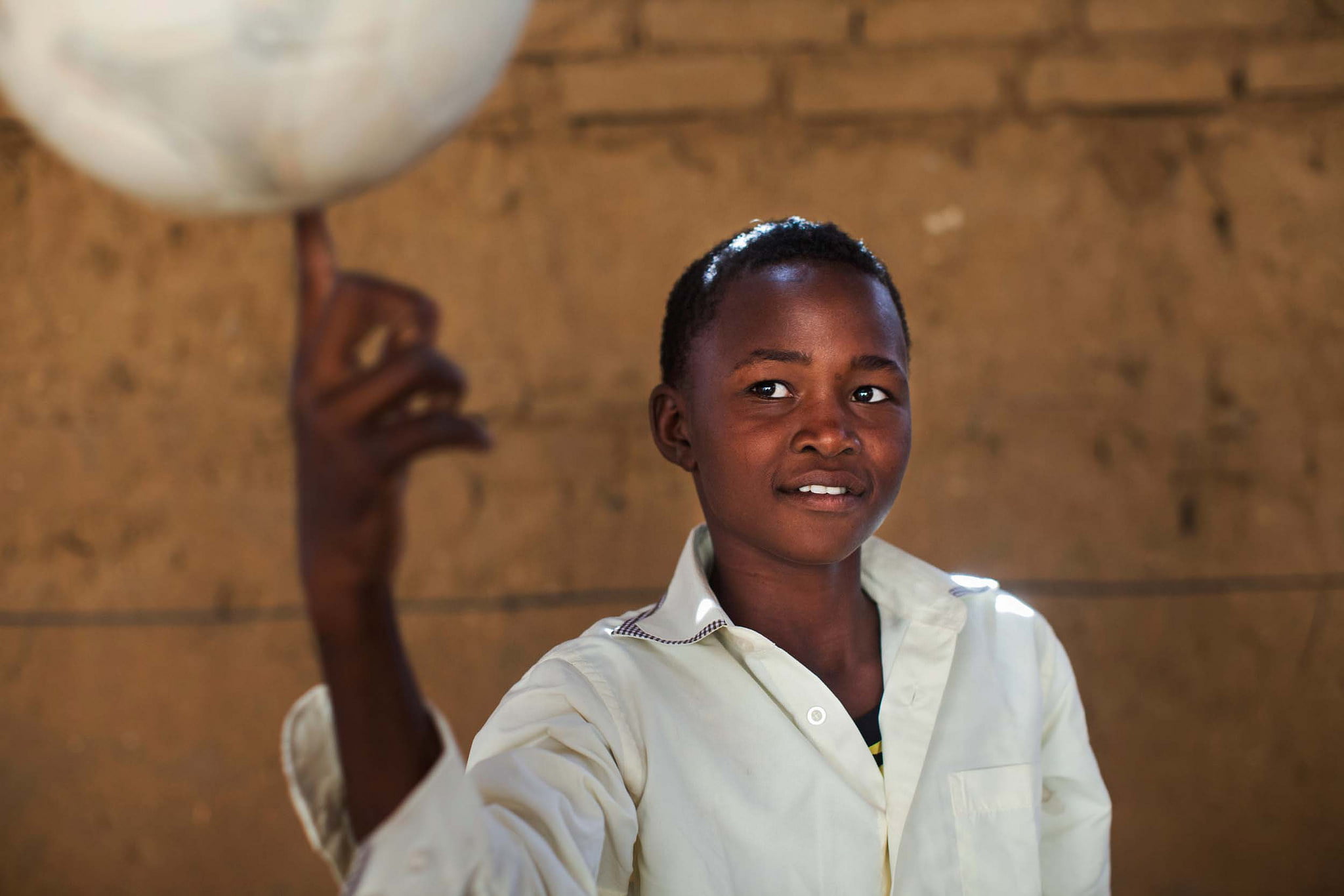As 1.3 billion young people prepare to enter the labor force by 2030, a new UN report says the only way to achieve sustainable development is through “sweeping transformations” in rural economies that create jobs for millions.
Between 2015 and 2030, the number of 15- to 24-year-olds is expected to increase by 100 million – almost all of them in sub-Saharan Africa and most of them in rural areas. Many, like those before them, will migrate to cities in search of work.
But according to the report published last week by the Food and Agriculture Organization (FAO), cities in developing countries are struggling to absorb job seekers as industrial and service sector growth slows, especially in South Asia and sub-Saharan Africa. Therefore, these rural migrants “run a greater risk of joining the ranks of the urban poor than of finding a pathway out of poverty.” Others may find themselves becoming seasonal, even permanent, migrants.
“In Africa, every year 10 to 12 million youths join the labor force, but we have only been providing about 3 million jobs,” José Graziano da Silva, director-general of the FAO, told Reuters. “So it is not a surprise that they try to cross the desert and the Mediterranean looking for a better opportunity.”
However, the report argues that rural economies, which have traditionally been considered “poverty traps,” can be the key to achieving no poverty, zero hunger and other Sustainable Development Goals by 2030.
In fact, since the 1990s, economic development has lifted 1.6 billion people above the moderate poverty line. Nearly half of them – 750 million – are rural people who still live in rural areas. The problem is that sub-Saharan Africa and South Asia have not progressed at the same rate as Latin America or East and Southeast Asia.
Yet everyday the need and demand for more productive sustainable agriculture grows stronger with climate change, population growth and urbanization. In fact, in another report last month, the FAO estimated that after more than a decade of steady decline, world hunger is on the rise again. Agriculture in its current form is neither filling enough bellies nor pulling enough people out of poverty.
Instead, the FAO argues that policies and investments can foster a sustainable food system that is closely connected to urban markets, particularly in small and medium-sized cities. This “agroterritorial” approach and the growing urban demand for food would support the development of robust off-farm agri-industries, like food processing. With new jobs, young workers can stay and thrive in rural areas.
“It’s not about focusing only on production or agriculture, but on promoting [a] sustainable and inclusive food system along what we can call a rural-urban continuum,” Graziano da Silva said in a statement. “This means taking action in all steps of the food system – not only production, but also processing, packaging, transportation, distribution, marketing, and of course, final consumption.”
However, if this kind of rural transformation is expected to help the global community achieve the 2030 Sustainable Development Goals, policy-makers need to ensure that millions of smallholder farmers do not fall through the cracks. Profitable markets attract large commercial farms that take over food production and value chains that are dominated by large processors and retailers.
“Concentration of production, concentration of distribution: this is a dead end for family farms,” Graziano da Silva said.
But policies that support land tenure rights, transparency and equity in supply contracts as well as better access to credit, markets, tools and technology can empower 85 percent of the world’s farmers to take advantage of urban demand.
Still, rural transformation isn’t easy, and it won’t solve all the problems that compel people to migrate. But at least it can alleviate some of the pressure by creating jobs for millions of people so that migration can become a matter of choice, not survival.
